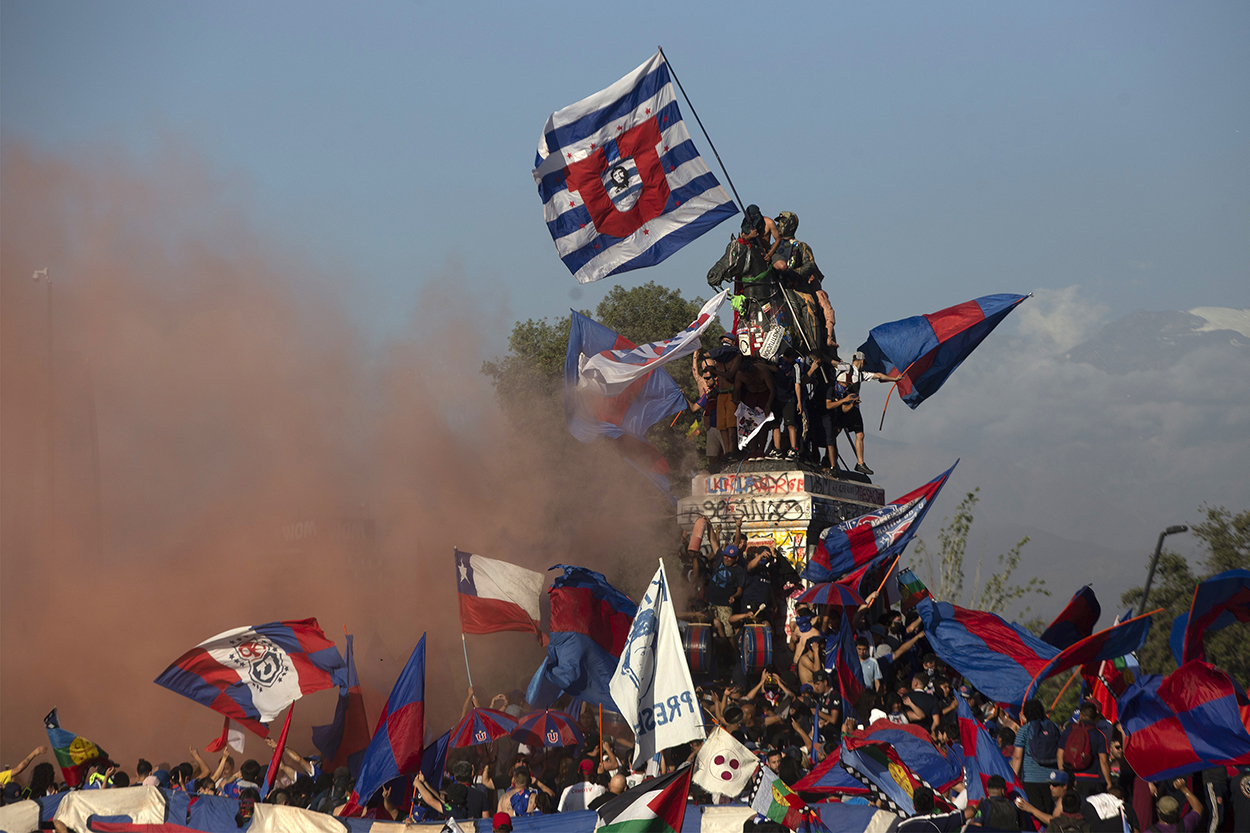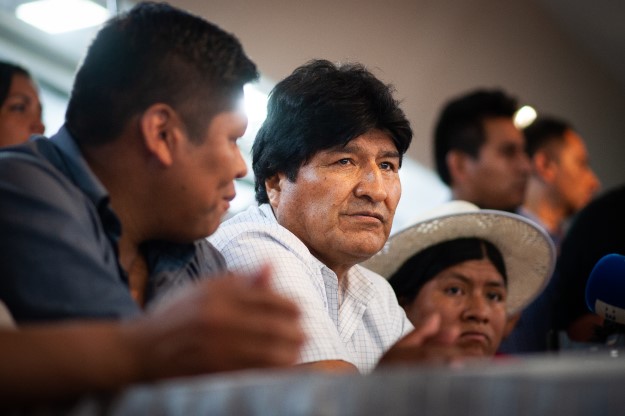Whereas today South America appears to be unraveling, a decade ago its future seemed bright. Its economy was growing whereas poverty and income inequality were in decline. The abundance brought by high commodity prices even allowed counter-cyclical policies at the time of the US subprime crisis. Yet, its current difficulties can be traced to that hopeful recent past.
The new millennium brought to the region a combination of rapid economic growth along with socioeconomic and cultural redistribution, but without resolving its endemic institutional weakness. As the pie stopped expanding, tensions grew along two general patterns, which adopted different expressions and symptoms across countries. First, a backlash against different forms of redistribution heightened social polarization based on class, ethnicity or gender. Second, corruption scandals spreading throughout the region contributed to the disappointment of a citizenry who had been promised democratic equality, but discovered that the rules of the game could be different for political and economic elites.
These tensions generated different political cleavages. The former confronted popular sectors against the middle classes; the latter, everyone against the elites. In a schematic way, the current Bolivian crisis exemplifies the former and the Chilean one, the latter. These tensions, however, are present in different degrees in all the countries and emerged when protests were triggered by corruption scandals, adjustment policies, or contested electoral results.
Before elaborating further on the sources of South American anger, let’s pause to take stock of the current regional situation. Following a corruption scandal, President Martín Vizcarra closed the Peruvian Congress on Sep. 30. Shortly thereafter, violent protests against the end of gas subsidies forced Ecuadorian President Lenín Moreno to abandon first the capital and then his policy. By mid-October, repression of student protests against a transportation hike had brought large swathes of the Chilean population to the streets. President Sebastián Piñera’s declaration of a state of siege only enraged Chileans, thereby expanding both protests and the scope of their demands. After four weeks of popular mobilization untamed by economic concessions, the government had to accept a plebiscite for establishing a new constitution, which had become the main demand of protesters.
On Oct. 20, “irregularities” in the Bolivian presidential election (to use the wording of the OAS electoral report) brought the opposition to the streets. Their anger was heightened by the fact that President Evo Morales had run for a fourth term despite having lost a plebiscite that sought to change that rule in 2016 (thanks to a preposterous judicial interpretation of his human rights). Ten days later, with the police in mutiny and the military requesting his resignation, Morales left for exile in Mexico. A new president was designated by the opposition in a highly disputed interpretation of the constitutional rules of succession. Morales’ supporters took to the streets, but they encountered lethal repression as the new government issued a presidential decree exempting the military from criminal prosecution when maintaining public order. Finally, following the killing of social and indigenous leaders, Colombia is expecting a general strike on Nov. 21 – opening fears of further unrest.
In contrast to the Andean countries, the elections of Argentina and Uruguay on Oct. 27 and the liberation of former President Luiz Inácio Lula da Silva from prison on Nov. 9 were tame. The Peronist candidate Alberto Fernández won in the first round in Argentina, defeating incumbent center-right president Mauricio Macri. In Uruguay, the incumbent Broad Front candidate Daniel Martinez did not receive sufficient votes to avoid a second round with the runner-up Luis Lacalle on Nov. 24. The consequences of Lula leading the opposition in Brazil are still unclear.
Returning to the sources of South American anger, it is noticeable that with economic growth projected to be nil this year, tensions that were tolerable when the pie was growing have become less tolerable now, especially in a region characterized by a large informal sector. During the boom, middle-class tax payers accepted relatively cheap non-contribution-based social policies, such as conditional cash transfer programs, which promoted consumption among the poor in the informal sector. However, facing a stale economy, they became more reticent to do it. The reduction in income inequality was the result not only of higher wages and these policies, but also of declining returns to education. The value of middle-class markers therefore eroded. New constitutions establishing indigenous rights and the expansion of prior consultation along with ethnic mobilization brought to the fore inequalities established in colonial times. Economic growth facilitated social mobility and created a “new middle class,” which was less white and more vulnerable to shocks than the old middle class, and did not attain the same status. Gender became politicized as women and LGBTQ+ movements mobilized against gender violence and discrimination and in defense of the right to marry.
These transformations created tensions, which heightened with the deceleration of economic growth and explosion of corruption scandals. The citizenry become angry, and domestic institutions had difficulties in channeling their demands. Indeed, support for democracy has declined throughout the region. The limits of political institutions were already apparent. Inter-branch conflicts were frequent as were swings between plebiscitarianism and gridlock, which resulted in political systems either ignoring minorities or majorities. As scandals highlighted how corruption and state capture by economic interests produced differential treatment before the law, social and political tensions further escalated. Citizens perceived that the enforcement of the law was uneven due to biases in economic power (e.g. unpunished corruption or collusion as in Chile) or unchecked political power (e.g. presidents ignoring term limits as in Bolivia). Even access to state security was not equal for everyone as shown by the distinct geographies of crime in many countries.
The legitimacy of democratic institutions is based on a sense of fairness that was being questioned from different angles and that fostered the anger of South Americans. They become angry to be asked to respect the rules when others are excepted. They become angry because they feel they have lost status at the expenses of others. They become angry because they need to defend a status, which they had made much effort to attain and yet feels so fragile. The problem is not their anger, but the limitations of their political systems to provide solutions perceived as fair. Chile’s call to a constitutional reform may be a hopeful test of how can institutions resolve the anger. The coup in Bolivia suggests a less hopeful praetorian road to deal with such uncertainty.









